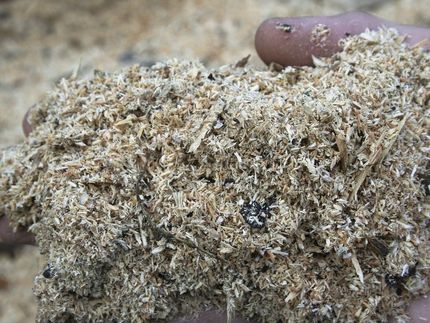An experimental approach to understanding the fire hazard involved when handling ionic liquids
Advertisement
ionic liquids (ILs) have been embraced as the green solvent of the future and are noted for their operational safety in part due to their non-flammable nature as compared to conventional solvents. In fact, existing regulations for measuring the flammability of solvents do not take into account the particular nature of ILs, with specifications about flash points which do not really apply.
Scientists from France and the US say that, in this context, a material rated as “non-flammable” is not necessarily non-combustible, and so they set out to analyse the true combustion potential of a series of ILs using oxygen bomb calorimetry, pyrolysis flow calorimetry and fire calorimetry. The resulting data show that although difficult to ignite, ILs can release a lot of heat once they start to burn and can also have some pretty nasty degradation products. Many do self-extinguish though. The information could be used to better prepare for the event of an accidental fire involving large amounts of ILs in an industrial context.
Original publication
A-O Diallo et al, Energy Environ. Sci., 2013.
Original publication
A-O Diallo et al, Energy Environ. Sci., 2013.
Organizations
Other news from the department science

Get the chemical industry in your inbox
By submitting this form you agree that LUMITOS AG will send you the newsletter(s) selected above by email. Your data will not be passed on to third parties. Your data will be stored and processed in accordance with our data protection regulations. LUMITOS may contact you by email for the purpose of advertising or market and opinion surveys. You can revoke your consent at any time without giving reasons to LUMITOS AG, Ernst-Augustin-Str. 2, 12489 Berlin, Germany or by e-mail at revoke@lumitos.com with effect for the future. In addition, each email contains a link to unsubscribe from the corresponding newsletter.



























































